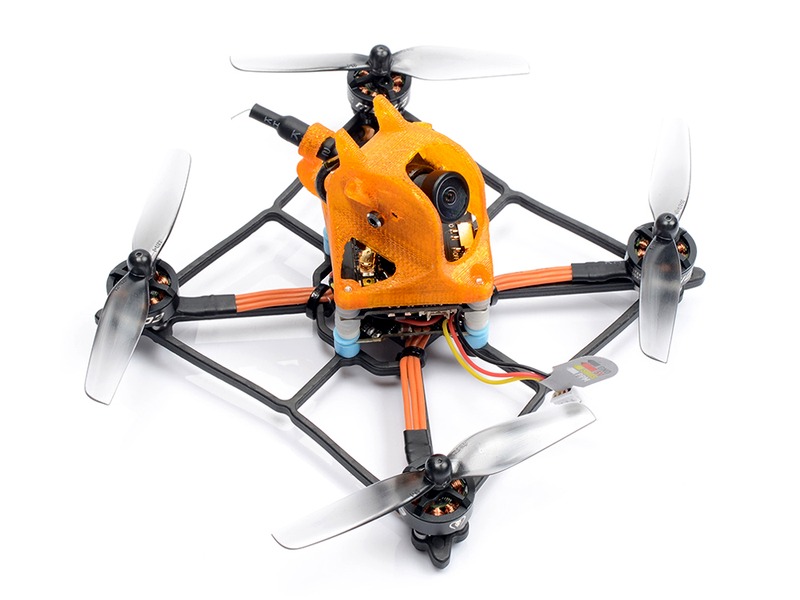How do you stop drone interference?

The threat of drone interference is a growing problem for many industries, from aviation to agriculture. With the increasing availability of drones and their ability to fly into restricted airspace, it is becoming increasingly important to find ways to prevent drone interference.
The first step to preventing drone interference is to understand the different types of drones and the potential risks they pose. Different types of drones have different capabilities, and understanding these capabilities is key to knowing how to stop them. For example, some drones are capable of flying into restricted airspace, while others may be used to take pictures or videos of sensitive areas. Understanding the capabilities of drones can help to identify potential risks and develop strategies to mitigate them.
Once the risks posed by drones are understood, the next step is to develop strategies to mitigate them. One of the most effective strategies is to use counter-drone technology. Counter-drone technology is a set of tools designed to detect and disrupt drones that are entering restricted airspace. These tools can include radar, radio frequency jammers, laser systems, and even net guns. By using these tools, it is possible to detect and disrupt drones before they can cause any harm.
Another strategy to prevent drone interference is to create no-fly zones. No-fly zones are areas where drones are not allowed to fly, and they can be designated by the government or private entities. By creating these zones, it is possible to limit the areas where drones can fly and thus reduce the risk of interference.
Finally, it is important to educate the public about the risks posed by drones. By providing information about the potential risks posed by drones, it is possible to reduce the likelihood of interference. This can include providing information about the different types of drones, the potential risks they pose, and how to identify and report suspicious activity.
In conclusion, there are a variety of strategies that can be used to prevent drone interference. These strategies include using counter-drone technology, creating no-fly zones, and educating the public about the potential risks posed by drones. By using these strategies, it is possible to reduce the risk of interference and ensure the safety of people and property.
Comments / Question
2. Invest in a drone detector or drone jammer system, which uses radar and radio frequencies to detect, track and disrupt drones in the area.
3. Use signs to warn drones, stating that drones are prohibited from the area.
4. Contact your local police department to inquire about additional measures that can be taken.
5. Install physical barriers around the property such as a high fence or netting.
6. Consider purchasing drone liability insurance to protect against any potential losses or damage caused by a drone.
2. Line of Sight: The FAA generally requires that drones must remain in the line of sight of the operator. This means the operator must be capable of maintaining visual contact with the drone at all times.
3. Height Limits: The FAA generally prohibits drone flights higher than 400 feet.
4. Secure Communication: The FAA requires that drone operators use secure radio frequencies to communicate with their drones. This is to prevent unauthorized persons from interfering with the drone aircraft.
5. Registration: The FAA requires that all drones above a certain weight must be registered before they can fly.
6. Flight Plans: The FAA typically requires drone operators to file flight plans with the air traffic control system before flying. This ensures that drone operators remain aware of other aircraft in the area and can take evasive action if necessary.
2. Implement a no-fly zone: Establishing a no-fly zone around your property can help to deter potential drone threats. This can be done by using physical barriers such as fences or walls, or by using radio frequency jamming devices.
3. Utilize counter-drone technology: Counter-drone technology can be used to detect, identify, and track drones, as well as to disrupt their communications and navigation systems. This technology can be used to prevent drones from entering your airspace.
4. Educate your staff: Educating your staff on the potential risks of drones and how to respond to them can help to ensure that they are prepared to take appropriate action if a drone is detected.
5. Invest in anti-drone technology: Anti-drone technology can be used to physically disable drones by jamming their communications or using nets or other physical barriers to capture them. This can be an effective way to protect your airspace from potential drone threats.
2. Radar Sensors – Radar sensors are used to detect and monitor drones by detecting radio signals emitted from the drone. Radar sensors can detect and track drones in areas where acoustic sensors may not be able to reach, such as buildings or enclosed areas.
3. Video Cameras – Video cameras are an important part of drone detection and can be used to identify and track drones as they move. Video cameras generally have a wider range of coverage than other detection methods, and can also be used to provide visual evidence of any suspicious activity.
4. Radio Frequency (RF) Jammers – To prevent drones from entering certain areas,RF jammers can be used to block the signal between the drone and the remote controller. This will effectively disable the drone from being able to take off or stay in the air.
5. GPS/ GNSS Jammers – GPS/ GNSS jammers work in a similar way to RF jammers, but instead of blocking the radio signal, GPS/ GNSS jammers block the satellite signals used by the drones navigation system. This will cause the drone to become disoriented and unable to stay in the air.

